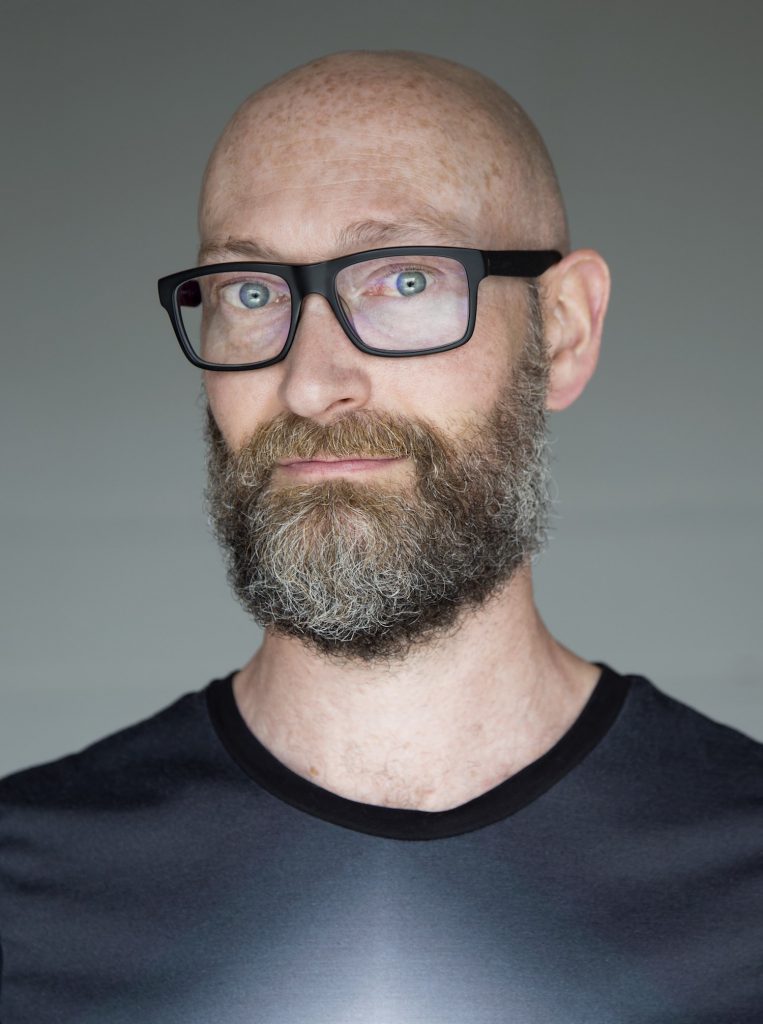Timothy Smith
Timothy Smith
Post-doctoral Researcher: Listening across Disciplines II (2022)
PhD Student (2016 - 2020)
Timothy Smith is a London-based artist/filmmaker, creator of multi-award-winning narrative short films such as Attack (2005) and Le Weekend (2007); and more recently, experimental non-narrative films Béton brut (2014) and When we come to it (2015). He obtained his BA(Hons) in Film Production and Animation from Deakin University in Melbourne, Australia (where he was born and raised); and his MA in Art and Media Practice at the University of Westminster, in London. From 2008 – 2016 Timothy worked at the British Film Institute. Initially as the Events Programmer for the BFI London Film Festival from 2008-10, returning to the LFF as Production Supervisor for BFI Live in 2011. Subsequently, he worked for the BFI on a part-time basis, producing cinema events, until he began his research degree in 2016 at the University of the Arts London.

PhD
Queering of Memory, Temporality, Subjectivity: Subversive Methods in Audiovisual Practice
This practice-based research attends to queer and feminist understandings of sound, memory, voice, temporality and spectrality, specifically in relation to audiovisual art. Through an analysis of artworks and material practices, I identify a range of subversive strategies implemented by artists intent on amplifying the voices of marginalised communities. These include alternative modes of listening, seeing and feeling that complicate hegemonic notions of history, genre, representation and subjectivity.
The project examines five single-screen, digital artworks that I have created as part of my research, as well as works by seven other artists: John Akomfrah, Clio Barnard, Evan Ifekoya, Mikhail Karikis, Patrick Keiller, Charlotte Prodger and Wu Tsang.
In relation to my analyses of the artworks, a number of theoretical concepts are developed: Queering of Memory draws primarily on queer and feminist theories of spectrality, temporality and voice (Gordon: 1997; Dinshaw: 1999; Cavarero: 2005; Freccero: 2006; Love: 2007; Blanco and Peeren: 2013). Haptic Aurality builds on established theories of cinematic embodiment (Sobchack: 1992, 2004; Marks: 2000, 2002, Barker: 2009), by attending specifically to sound (Voegelin: 2010; Leimbacher: 2017) and breath (Quinlivan: 2012, 2015). Diffractive Listening is inspired by theories of diffraction (Haraway: 1991, 1997; Barad: 2007, 2010, 2014) which are reconfigured with a much-needed aural sensibility (Lipari: 2014; Goh: 2017). Finally, the disruptive and transformative potential of Interference is considered through the metaphor of the wave (Rodgers: 2010, 2016) and the power of collective action (Butler: 2015; Davis: 2016; LaBelle: 2018).
The structural framework of this thesis is comprised of different configurations of time and subjectivity. A journey that encompasses a vast array of temporalities: from the deep time of geological landscapes and their mythological narratives; the embodied present in all its haptic sensuality; the recent ‘historical’ past; then forwards and outwards towards the future, with all its multiplicitous possibilities.
Supervisors
- Prof. Angus Carlyle (DoS)
- Dr Maria Walsh (CSM)
Social Media
Instagram – @theonlytimoffy
Vimeo – timothysmith
